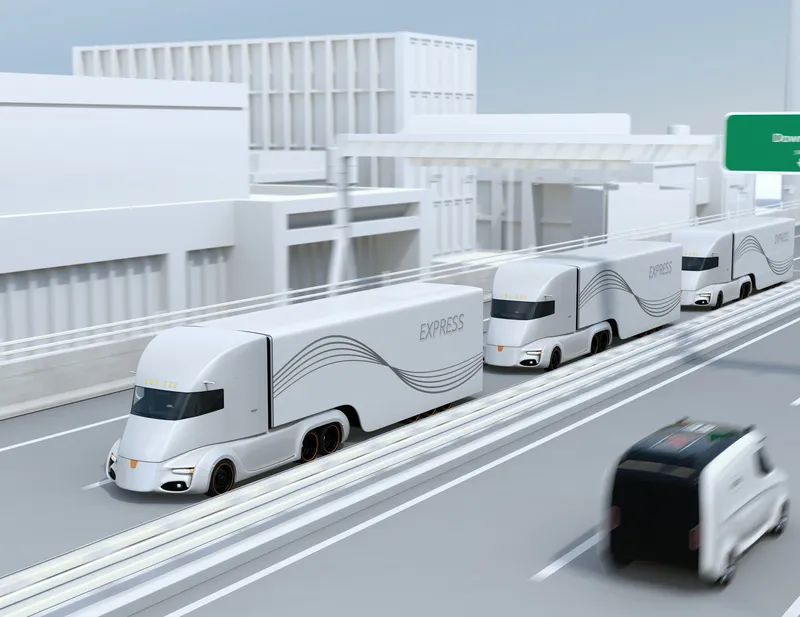China Railway Construction Corp (CRCC) has confirmed its intention to participate in the new tender for the US$3.4 billion Mexico City-Querétaro high-speed rail project.
Mexico's transport and communications ministry (SCT) said draft bidding rules for the new tender would be published on 14 January.
The project calls for the construction of a 210km high-speed rail link connecting Mexico and Querétaro, via the cities of Cuatitlán and Tula. The high speed train will run for 210 kilometres between Buenav
January 9, 2015
Read time: 2 mins
China Railway Construction Corp (CRCC) has confirmed its intention to participate in the new tender for the US$3.4 billion Mexico City-Querétaro high-speed rail project.
Mexico's transport and communications ministry (SCT) said draft bidding rules for the new tender would be published on 14 January.
The project calls for the construction of a 210km high-speed rail link connecting Mexico and Querétaro, via the cities of Cuatitlán and Tula. The high speed train will run for 210 kilometres between Buenavista station in Mexico City and Querétaro city, at speeds of up to 300km/h.
Some 23,000 passengers are expected to use the train each day once operations start in the second half of 2017, with an average journey time of two hours instead of the current three to four hours by road.
The rail link will be one of three passenger rail projects carried out over the next six years, with other projects including the Mexico-Toluca passenger train and the Yucatán trans-peninsular train.
"We believe that in terms of technology, experience in administration and costs, we have an advantage," a CRCC spokesman told news agency Reuters. "In the high-speed train stakes we have no fear of any other company... we continue to be fully confident."
The CRCC spokesman indicated that the firm would continue to hold compensation discussions with the Mexican authorities.
French group Alstom and Canadian firm513 Bombardier have also expressed interest in participating in the tender.
Mexico's transport and communications ministry (SCT) said draft bidding rules for the new tender would be published on 14 January.
The project calls for the construction of a 210km high-speed rail link connecting Mexico and Querétaro, via the cities of Cuatitlán and Tula. The high speed train will run for 210 kilometres between Buenavista station in Mexico City and Querétaro city, at speeds of up to 300km/h.
Some 23,000 passengers are expected to use the train each day once operations start in the second half of 2017, with an average journey time of two hours instead of the current three to four hours by road.
The rail link will be one of three passenger rail projects carried out over the next six years, with other projects including the Mexico-Toluca passenger train and the Yucatán trans-peninsular train.
"We believe that in terms of technology, experience in administration and costs, we have an advantage," a CRCC spokesman told news agency Reuters. "In the high-speed train stakes we have no fear of any other company... we continue to be fully confident."
The CRCC spokesman indicated that the firm would continue to hold compensation discussions with the Mexican authorities.
French group Alstom and Canadian firm









